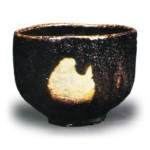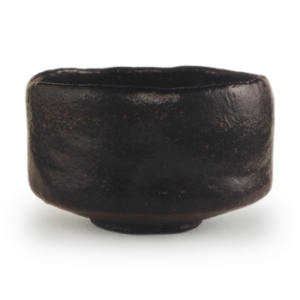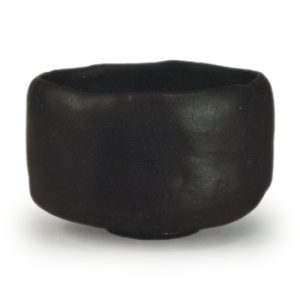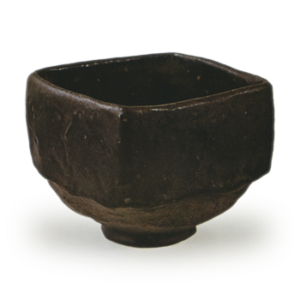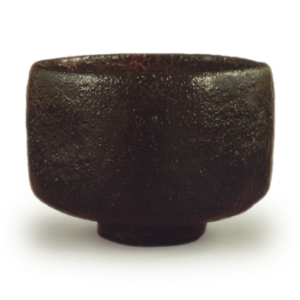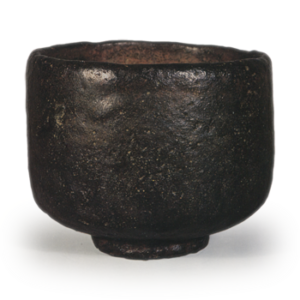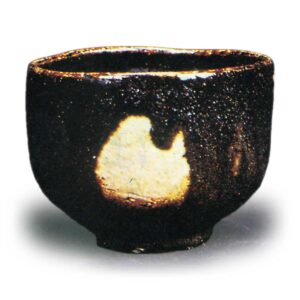
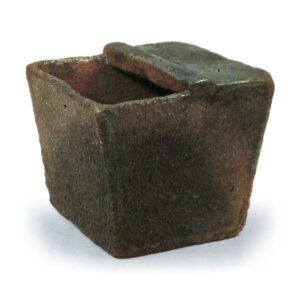
The third generation of the Raku family. Son of Tsunekei II. After shaving his head, he took the name Douiri, which was the origin of the “Iri” in the Raku family name. Known by the alias NONKOU, DOIRI is indeed the highest of the Raku family and is said to be a rare master of the art. There are various theories as to the origin of the name NONKOU. Once, when Sotan Sen was resting at the Noko teahouse in Suzuka (Mie Prefecture), he made a double-cut flower vase from nearby bamboo, named it NONKOU in honor of the teahouse, and gave it to Douiri. It is said that he later applied the character Muko, which means “Noh craftsman,” to it in the Raku-ke. There is also a story in “Kagami” (Kagami) that says, “What if there is no non sound in Noh, then the inscription on the vase should be non nashi, and even though Douri devoted himself to pottery, Sotan did not allow him to do so. There is also a new theory that NONKOU is NONKO, which was taken from the word NONKO in a song of the time, or that it became an alias because of the novelty of the “NONKO topknot,” which was popular at the time and which Douiri wore before other people did.
According to Kato Kangaku, “Non” means “play” in Korean, and the name “Nonko” means “a child who plays. In short, these various theories can be seen as proof that Nongkoh was a master craftsman. Just as Chojiro met Rikyu, Nongkoh also met Sotan, and the combination of a master craftsman and a master family has enabled Nongkoh to leave behind tea bowls and other famous ceramics for future generations. He died in February 1656 at the age of 58.
The work] This tea bowl has the appearance of an Edo date-shu (Edo period) style with a full-length topknot. The clay is very thin and crisp, and the surface of the seal is also clear and bright. The glaze was also created in white and snake-scorpion glazes, and the vermilion glaze, which is considered a secret of the Raku family, was also introduced at this time. The characteristic characteristic of this glaze is the thick, mountain road-style glaze applied from the mouth to the body, which is generally referred to as maku-glaze. The glaze is deep and brilliant, with reflections as if seen in the depths of a firefly’s darkness. This is probably the reason why it is called NONKOW’s Tamamushi glaze. The color of the glaze changes abundantly, and most of the inscriptions on the vessels seem to refer to this change. Next, let us look at the body. The body is tightened with a slightly clam-shaped mouth structure, and the tamari (tea pool) has a spacious feeling. The body is tight and the tea tamari is loose and loose at will, and the inside is wide because it is thinly made. The sides of the base are also plain and simple, while others are made of iron-rich clay with casual techniques. There are seven types of NONKOU, seven types of NONKOU KAGA, seven types of NONKOU GOGAMA, and many other famous tea bowls.
There are two types of stamps, a large stamp and a small stamp, and they are called “Jiraku” stamps because the white space inside the character “Raku” is called “Ji”. There are also two types of seals: a large seal and a small seal. Later, it is said that Ryouiri IX imitated this jiraku seal.

